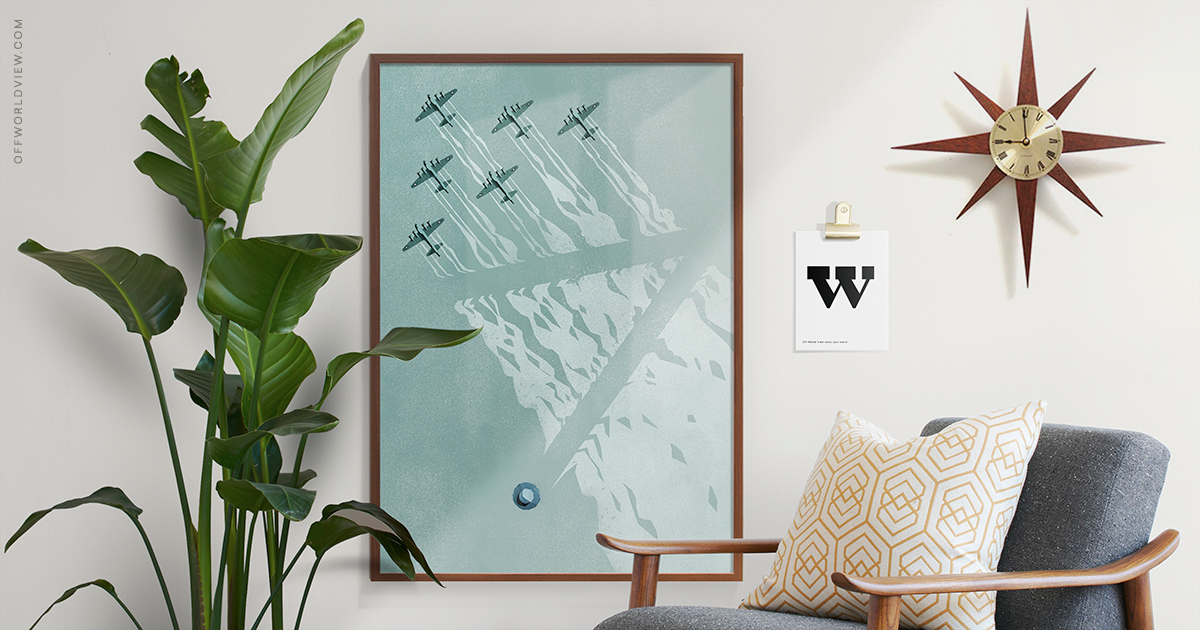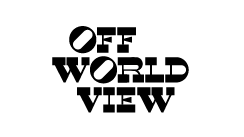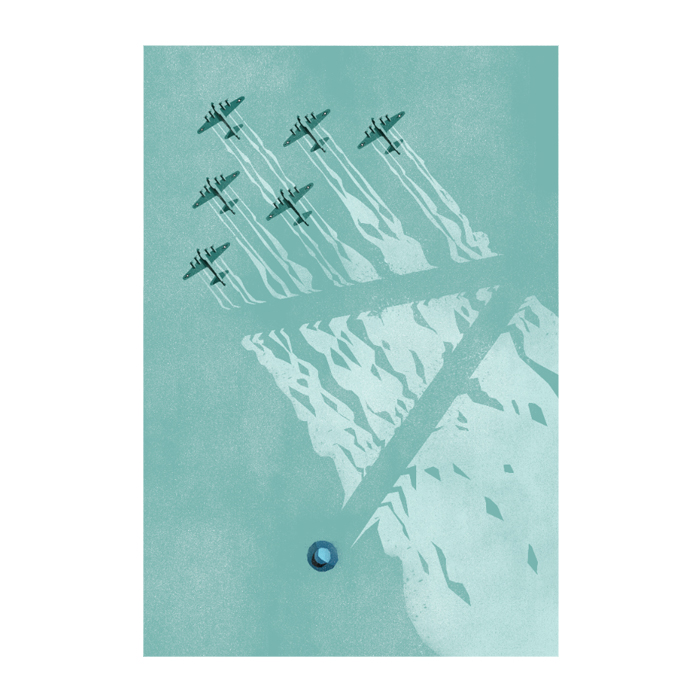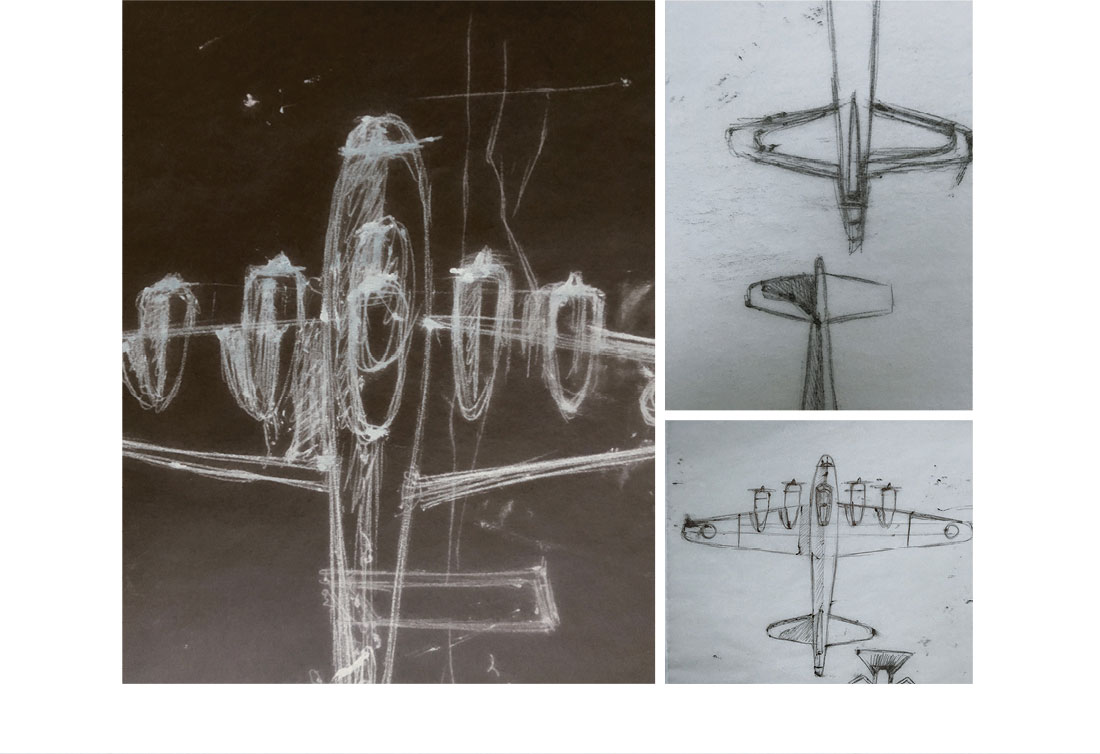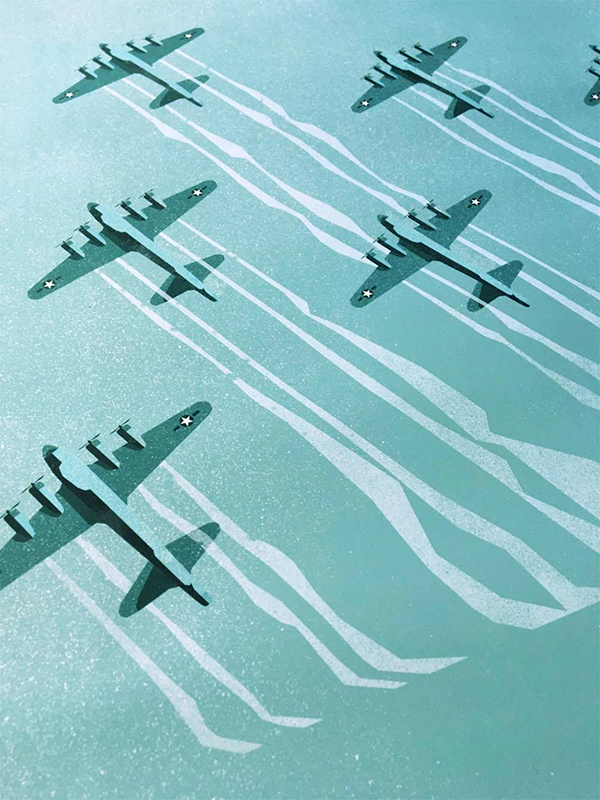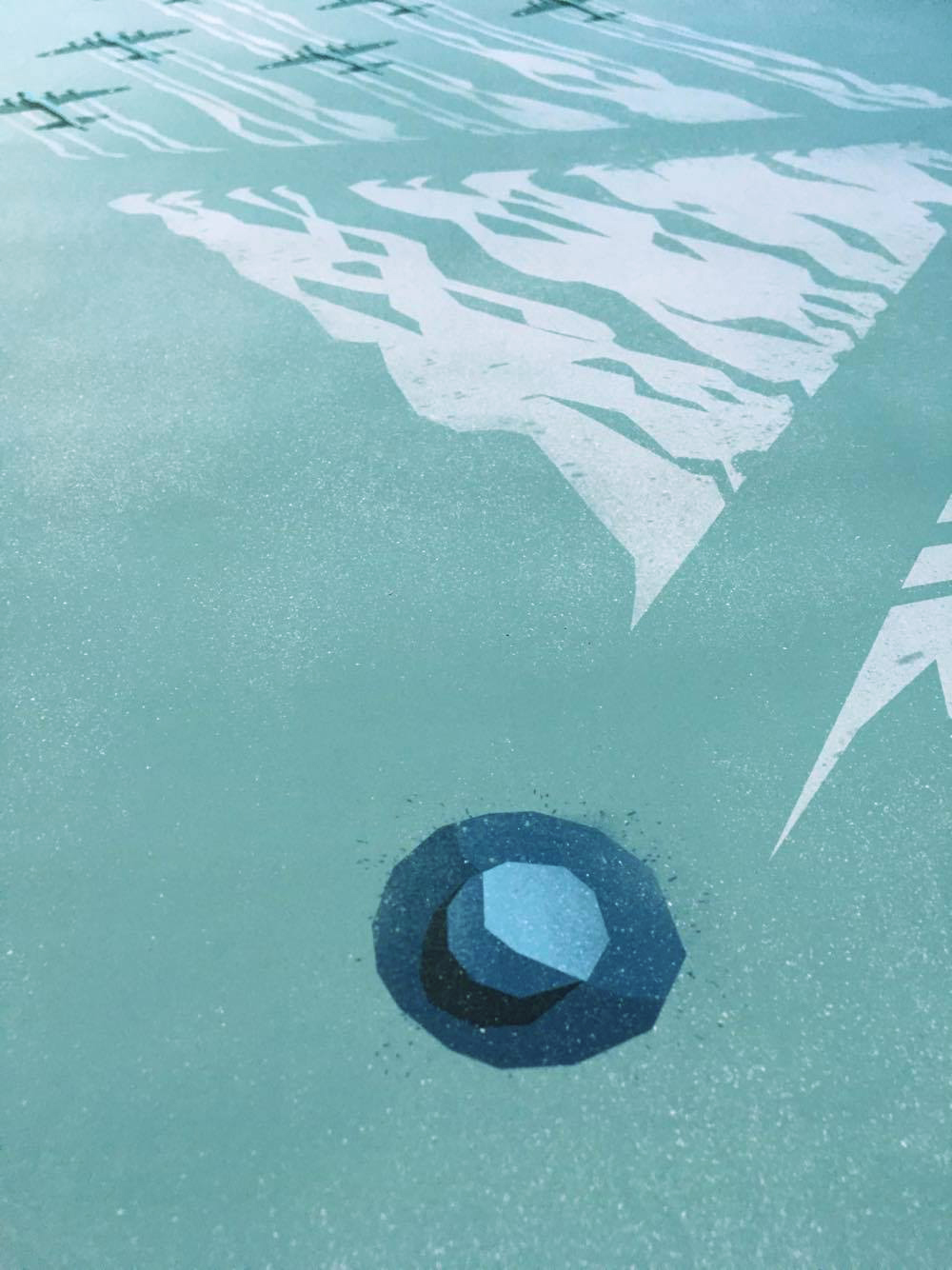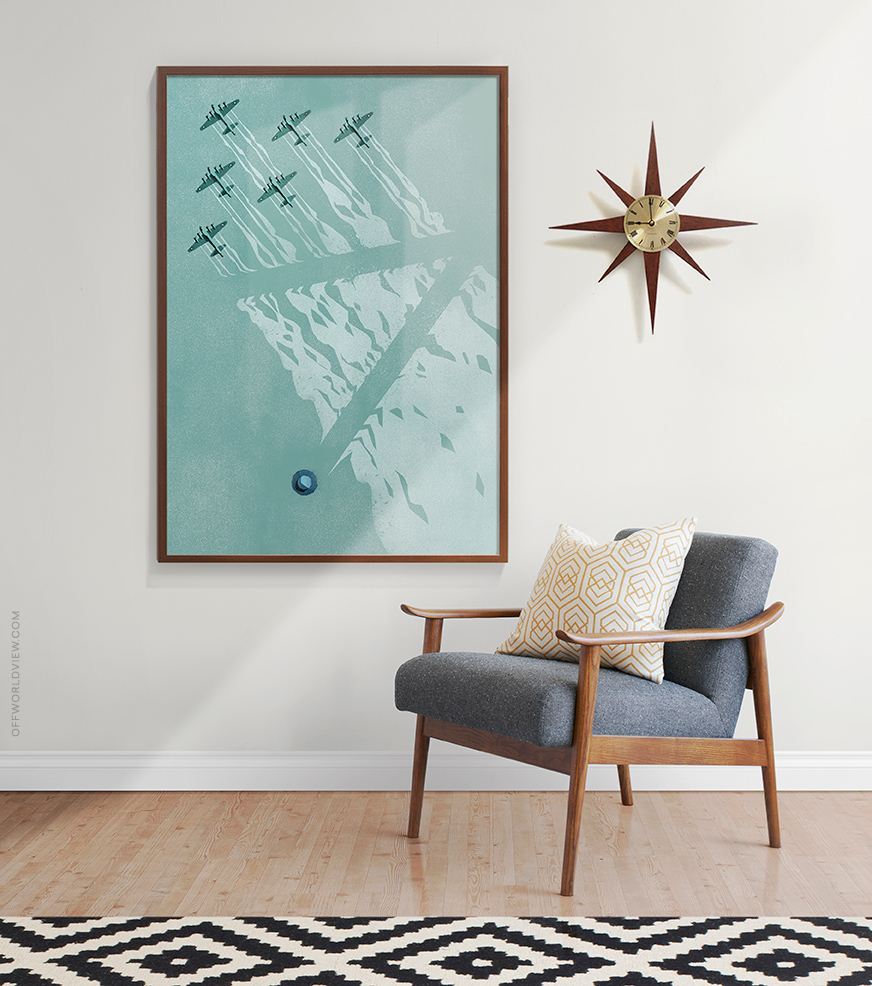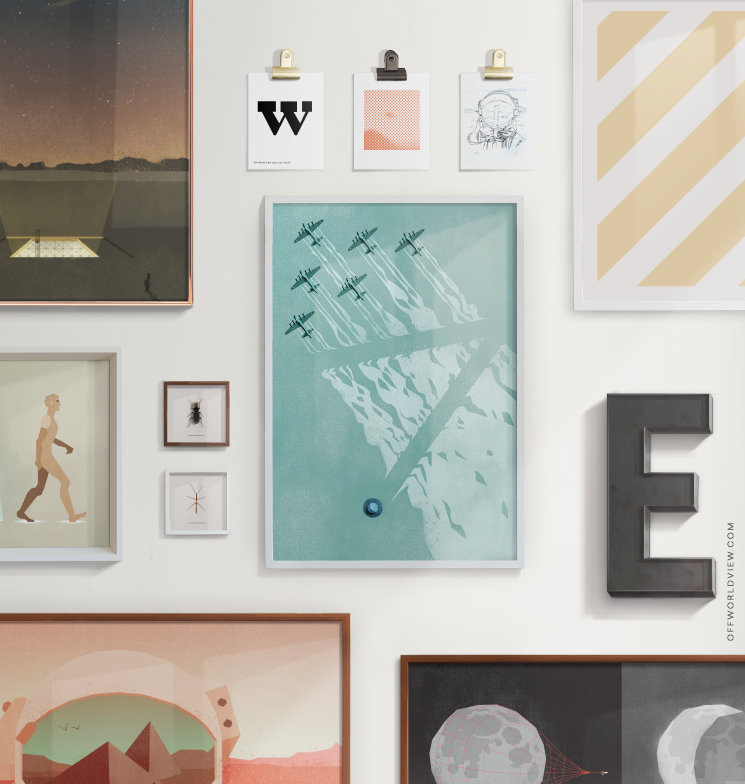Foo Fighters WW2. Numbered and signed on reverse of print. High-quality stochastic print on 100 lb, low-acid, uncoated paper with archival ink. Ships rolled. Frame not included. Read about finding a frame before choosing a size.
The Story
It was 1944, towards the end of the Second World War, when the first sighting of what would soon be known as “Foo Fighters” was reported by Allied pilots flying over Germany by night. Orbs of coloured lights appeared to follow and toy with the fleet, sometimes appearing just off the wings of aircraft and other times dashing unpredictably around them.
The balls of light moved with astonishing speed and made maneuvers no pilot could match, often pulling ninety-degree turns without decelerating. Radar observer Donald J. Meiers named the orbs after a popular kids’ comic book firefighter named Smoky Stover, who styled himself a “foo fighter.” The word “foo” for Smokey was the bumbling American character’s approximation of the word for fire in French, feu.
Although the Foo Fighters of WW2 were originally thought to be German enemy weapons, experience proved to pilots that like the loveable Smokey Stover these orbs seemed to be harmless, since their behaviour was far from aggressive and almost adolescent in its taunting. But that still left them curiously unexplained. When word of foo fighters reached the public, it wasn’t long before allegations of space invaders hit the mainstream.
Cooler heads attribute Foo Fighters to an electrostatic phenomenon called St. Elmo’s fire, previously known to occur at the ends of ship masts. Proponents of this explanation say that the conditions of the iron aircraft of World War Two slicing through the skies at unprecedented speeds provided very unique circumstances for the common phenomenon which often produces a dull glowing effect around slower-moving pointed objects closer to the surface of the earth.
Not so fast, Benjamin Franklin…
Reports were so numerous that General Nathan F Twining, Air Material Command of the United States Army Air Force (USAAF) was called upon to submit a now-declassified memo to the Pentagon summarizing the phenomenon for official examination. Twining admitted that although some orb-like sightings might be attributable to natural phenomena, another class of sightings seemed to defy any electrostatic theory.
Twining describes these objects as “flat on bottom and domed on top… and of such appreciable size as to appear to be as large as man-made aircraft.” He confirmed what many of his colleagues noticed themselves, that these objects seemed to be under intelligent control:
“The reported operating characteristics such as extreme rates of climb, maneuverability (particularly in roll), and motion which must be considered evasive when sighted or contacted by friendly aircraft and radar, lend belief to the possibility that some of the objects are controlled either manually, automatically or remotely.”
In follow-up reports from the US military, it was ultimately concluded that although unexplainable, these objects appear to represent no threat to national security, and that the US government and military should actively dissuade the pubic from fostering too much interest in them.
Foo Fighters WW2: The Artwork
History buffs should enjoy Foo Fighters WW2, not only because they’ll instantly recognize its B-17 bombers with Allied air force insignia, but because its fantastic visuals are far from fantasy. Whether it was by some trick of light, the effects of some post-traumatic stress disorder, or actual extraterrestrials paying a visit, aircraft pilots did report to have experienced metallic, saucer-like objects teasing their fleets with physically impossible maneuvers. And perhaps the most impressive factoid of all: that Foo Fighters are more than a 90s rock group. Like all the pieces in Off World View, Foo Fighters WW2 is an easy conversation starter.
